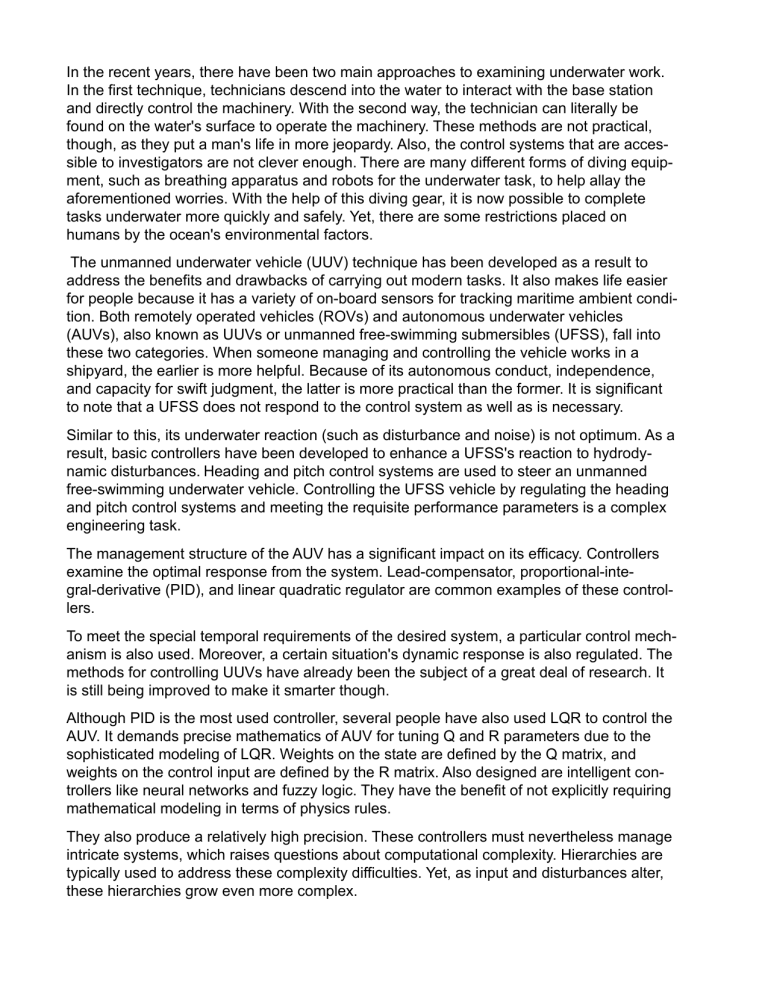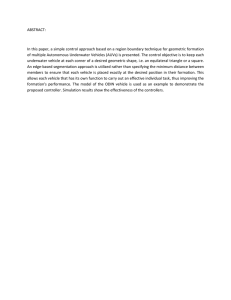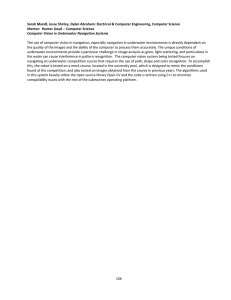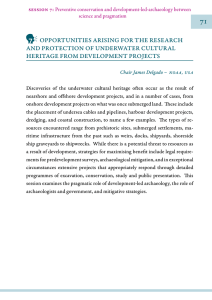
In the recent years, there have been two main approaches to examining underwater work. In the first technique, technicians descend into the water to interact with the base station and directly control the machinery. With the second way, the technician can literally be found on the water's surface to operate the machinery. These methods are not practical, though, as they put a man's life in more jeopardy. Also, the control systems that are accessible to investigators are not clever enough. There are many different forms of diving equipment, such as breathing apparatus and robots for the underwater task, to help allay the aforementioned worries. With the help of this diving gear, it is now possible to complete tasks underwater more quickly and safely. Yet, there are some restrictions placed on humans by the ocean's environmental factors. The unmanned underwater vehicle (UUV) technique has been developed as a result to address the benefits and drawbacks of carrying out modern tasks. It also makes life easier for people because it has a variety of on-board sensors for tracking maritime ambient condition. Both remotely operated vehicles (ROVs) and autonomous underwater vehicles (AUVs), also known as UUVs or unmanned free-swimming submersibles (UFSS), fall into these two categories. When someone managing and controlling the vehicle works in a shipyard, the earlier is more helpful. Because of its autonomous conduct, independence, and capacity for swift judgment, the latter is more practical than the former. It is significant to note that a UFSS does not respond to the control system as well as is necessary. Similar to this, its underwater reaction (such as disturbance and noise) is not optimum. As a result, basic controllers have been developed to enhance a UFSS's reaction to hydrodynamic disturbances. Heading and pitch control systems are used to steer an unmanned free-swimming underwater vehicle. Controlling the UFSS vehicle by regulating the heading and pitch control systems and meeting the requisite performance parameters is a complex engineering task. The management structure of the AUV has a significant impact on its efficacy. Controllers examine the optimal response from the system. Lead-compensator, proportional-integral-derivative (PID), and linear quadratic regulator are common examples of these controllers. To meet the special temporal requirements of the desired system, a particular control mechanism is also used. Moreover, a certain situation's dynamic response is also regulated. The methods for controlling UUVs have already been the subject of a great deal of research. It is still being improved to make it smarter though. Although PID is the most used controller, several people have also used LQR to control the AUV. It demands precise mathematics of AUV for tuning Q and R parameters due to the sophisticated modeling of LQR. Weights on the state are defined by the Q matrix, and weights on the control input are defined by the R matrix. Also designed are intelligent controllers like neural networks and fuzzy logic. They have the benefit of not explicitly requiring mathematical modeling in terms of physics rules. They also produce a relatively high precision. These controllers must nevertheless manage intricate systems, which raises questions about computational complexity. Hierarchies are typically used to address these complexity difficulties. Yet, as input and disturbances alter, these hierarchies grow even more complex.





